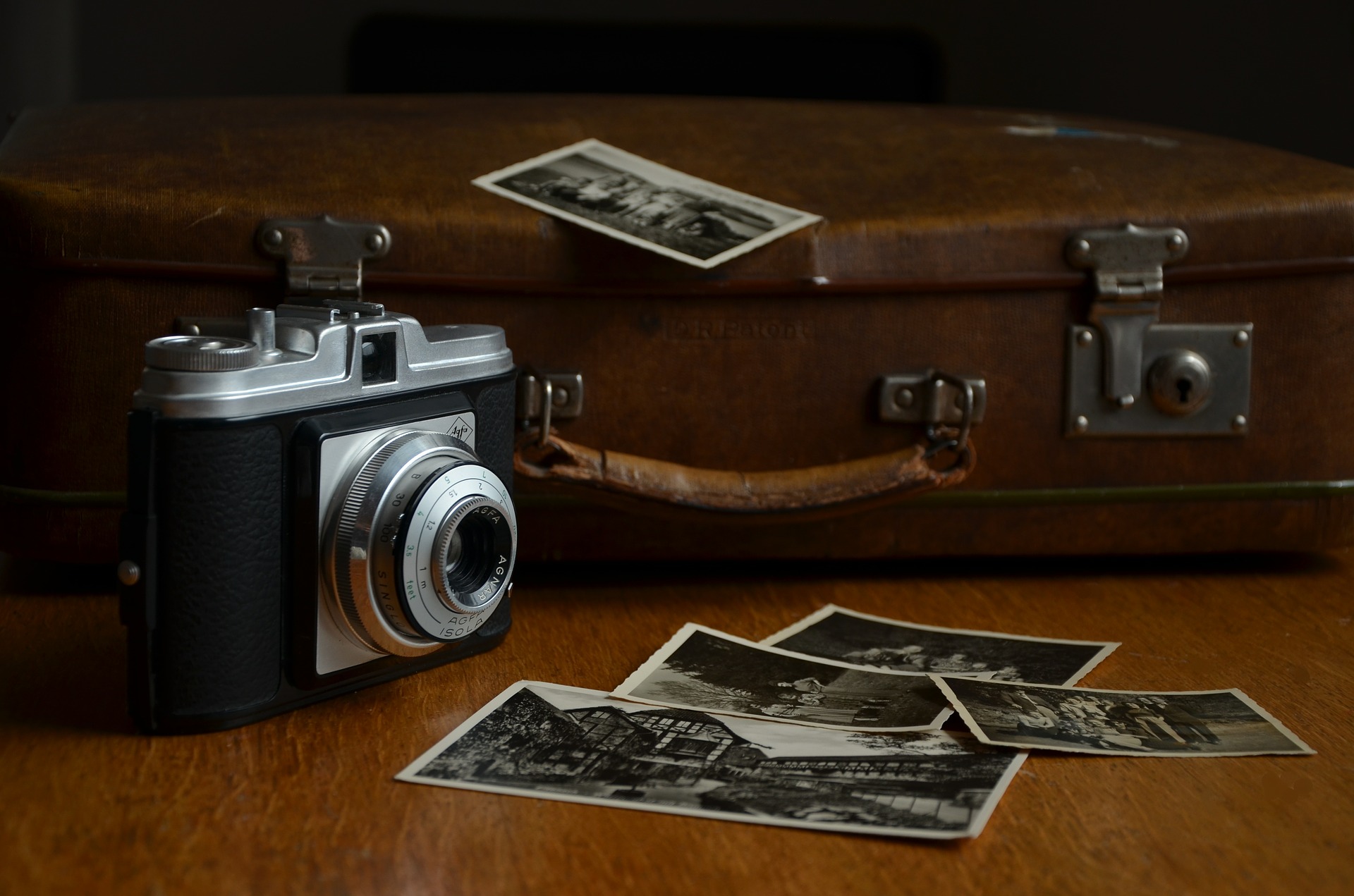What Is the Process of Using a Camera? Lenses and Light The word "photography" is derived from the Greek word "photography," which literally means "writing or drawing with light." The fundamentals of photography are the study of how light transforms into colour. As light is transferred from one surface to another, it is basically made up of several different wavelengths of light. Light is captured as different wavelengths from the original medium when you take an image.
In a complicated process involving the movement of lenses, these wavelengths are isolated. Multiple layers of filters collect light in specific wavelengths during the imaging process. A filter is basically a conductive material mesh that absorbs a specific wavelength spectrum. As a result, a transparent layer with a lighter colour is formed. What Happens When You Shoot With Your Camera In a frame, light is processed and captured in a sophisticated manner.
A camera is a rectangular piece of equipment that functions as a light metre. A light metre is a system that measures the brightness of light that is reflected onto an object. Sensors, which are essentially light detectors that detect changes in brightness, are used by most cameras. Some cameras, on the other hand, have their own optical and electronic components. A physical light metre is not present in an electronic sensor. The signals from an electronic sensor are normally routed via a device to the camera's processor. This data is processed by a data processing device, which detects and measures the input signals. Typically, the final image is reflected in the camera.
What Makes Cameras Recognize Images? In a digital picture, our image processing system typically consists of a series of algorithms that decide what colour tones and combinations of colour tones to use. This is an example of a standard processing algorithm. Each pixel in the image is represented by a line in the diagram above. We may assign colour values to each pixel in a digital image after analysing its pixels. One of the most difficult aspects of digital image processing is this.Filters are used in the algorithm above. Each filter corresponds to a different colour combination in our picture, with each colour value corresponding to a different colour. A colour picker is another name for this. As a consequence, the final picture appears to be very identical. Individual colours that are identical are taken into account by the algorithm.
Two colours that appear to be very similar in appearance could have different colours in the computer's image processing system. A simple photograph of a man sitting in a room can have very different colours than a photograph of him standing in a more natural setting. How Should We Choose Our Favorite Color? Even if all of the lights in the picture are equally bright and all of the colour values are equally dim, an image with a collection of white lights would look very similar to a dark image.
This is the distinction between natural and synthetic colour. Artificial colour comes in a variety of forms, including natural colour. Natural colours are typically more vibrant, informative, and balanced than artificial colours. Natural colours are often translucent, making them simple to see and analyse. Artificial colours may not be as vibrant or balanced as natural colours, and they may appear as colour stains on the items they are applied to. When using colour scales in a digital camera, we prefer to consider the colour of each individual colour in the picture.
The colour scale is a standard method of measuring colour. A colour scale, for example, compares the brightness of a colour to that of a reference colour. Colors can be represented as a linear distance on a coloured scale. This implies that each colour line on the colour scale corresponds to a specific light value. Color variations are then used to change our colour values. Color scales do not compare the hues of different colours in the same colour space. A colour space is a set of colours that have been labelled as normal, artificial, or coloured.
Natural colours are highly saturated colours created by humans over centuries of natural or artificial environmental coloration. Artificial colours are those that have been developed by engineers. Their colours are so vibrant and detailed that they can appear fake. There is a lot of debate about whether colours are "natural" or "made-up." Many people call artificial colours "artificial" because they don't understand them. When we look at natural colors, we are frequently surprised to see how unnatural they appear. To us, artificial colours make sense. For example, we do not think that colourful hairs on people are made up of natural colours.Artificial colours may look artificial to us, but they make sense to a colour scientist.
What factors do we consider when choosing a colour? This is where our brain and camera system come into action. A camera device that uses colour filters can process a colour image by applying a different filter to each pixel in the image and measuring the average of the pixels. This average can be calculated by averaging the pixels that were not included in the picture. We can detect which colour filter is used even though we can't see the process because only the average is taken into account. The camera systems may select colours from the image that are similar to those we already intend to use.
If a camera system processes all colours equally well, it will be able to detect any shade of colour that is similar to the subject's natural colour. As a result, the subject would seem normal to us. Here's how a camera system could handle the colour of a person's image: If the camera system notices a pleasing colour on the subject's face, it can begin to select various shades of natural colours. The colour of a person's skin or hair, for example, can resemble the skin or hair of another person of the same skin or hair colour.Its fantastic to know about how camera works Now there is no need of question mark cause you know all the secrects of camera hope you like this post





























0 Comments